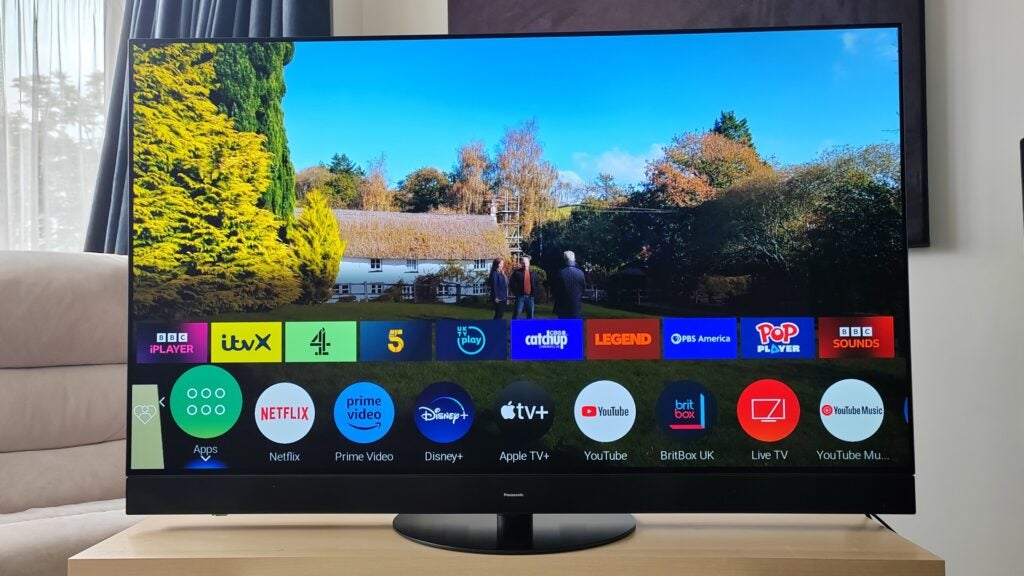Sports like soccer, basketball and baseball are time-honored traditions. Their formats have mostly stayed the same for generations. For example, baseball has always been about getting hits and home runs to advance your teammates to home plate.
Estimated reading time: 2 minutes
The basic ideas surrounding these beautiful games will last a long time. However, sports technology has helped athletes, fans and officials keep the games modern. Here are six shifts in sports technology that improve sports as you know them.
1. Video Assistant Referee
Officiating is often a hot topic in sporting events. Fans become angry when they think the officials miss a call, significantly affecting the game’s outcome. Baseball ignored instant replay until 2008 and let the umpires make the calls exclusively on the field. It took FIFA until the 2018 World Cup to embrace instant replay as a necessity in today’s sporting world.
FIFA uses video assistant referees (VAR) to examine plays. After a successful 2018 debut, FIFA returned VAR for the 2022 World Cup in Qatar. The officials only needed three minutes in the Qatar and Ecuador opener to use VAR to disallow Michael Estrada’s goal. VAR uses semi-automated technology to determine if a player is offside when they score a goal. Using the naked eye to determine the call is challenging, so technology is here to help.
2. Smart Stadiums
Sporting events are as much for the fans as for the players and coaches involved. Many people spend hard-earned money and travel thousands of miles to see their favorite athletes play live. Venues worldwide have aimed to enhance the fan experience by building smart stadiums. These arenas incorporate advanced technology, allowing fans to improve their safety and connect to high-speed internet.
has 1,800 wireless access points and 2,000 TVs set up around the stadium, so fans can see the game while they’re waiting in line in the concession stands.
Internationally, the NACK5 stadium in Saitama City, Japan, is another example of enhanced fan experiences. Here, fans can order food and beverages and have an employee deliver them to their seat. The stadium also allows fans to see the game through the eyes of the goalkeeper with virtual reality headsets.
3. Artificial Turf
The past few years have seen more emphasis on player safety. Leagues like the NFL have found ways to decrease injuries through artificial intelligence. However, simple changes have proved to be effective in keeping players safe. One example is using artificial turf on the field instead of natural grass. The 32 NFL teams play in 30 stadiums and 14 so far have switched to artificial turf.
Artificial turf benefits athletes because it’s more durable than natural grass. In fact, it can last 10 years if you maintain it properly. Football fields see heavy foot traffic on fall Sundays, so it’s critical to have healthy grass for the athletes. The NFL season extends to December and January, when winter weather can significantly affect playing conditions. Artificial turf is more slip resistant, so fields in Buffalo, New York, and Seattle are more conducive for the players.
4. Simulators
The beauty of sports is how accessible they are — you can go outside and throw a football or shoot basketballs with your friends. Though, racecar drivers don’t have that luxury. Your backyard might not be the best place to practice for the upcoming 107th Indianapolis 500 or next year’s Daytona 500. However, technology has evolved to bring practice sessions to your computer screen.
The past few years have seen NASCAR drivers use simulators to practice while they’re away from the speedways. These systems closely resemble authentic experiences of driving a car on the track. The simulators used to be for newcomers and online gaming enthusiasts like William Byron and Anthony Alfredo to gain experience. However, most current NASCAR drivers spend 10 hours weekly on the simulator preparing for the next race.
5. eSports
Many sports require decades of training and preparation to achieve the next level. Technology has shortened the gap between athletes and fans by letting ordinary people get involved in the games. Since the pandemic, eSports have risen significantly. Experts project eSports revenue to double between 2020 and 2025 due to their popularity.
Leagues like NASCAR and the NBA have become involved with eSports iterations of their organizations. In 2018, the NBA and Take-Two Interactive designed the NBA 2k League, with over 20 teams involved with professional gamers hired to compete for championships. In 2011, NASCAR started the Coca-Cola iRacing Series, with current teams like Roush Fenway Racing and 23XI Racing starting eSports teams to race on the virtual tracks.
6. Action Audio
Sports are a terrific pastime for many, whether playing or watching on TV. Getting as many people involved as possible is the standard for inclusivity. People with disabilities may have difficulty seeing or hearing the games they love. Now, there’s technology to assist their wishes.
In 2021, Australian researchers developed Action Audio, an audio stream that helps people with visual impairments follow along with live tennis games. Tennis Australia designed the system to help listeners determine what’s happening with different sounds. The beeps signify where the ball landed and how the tennis player hit the ball. If the tennis ball hits close to the baseline, you’ll hear a ping with multiple blips.
Improving the World’s Favorite Games
Sports have become a spectacle worldwide, whether it’s the Olympics, Indianapolis 500, World Cup or other events. Going to these games is an unforgettable experience, thanks partly to the evolution of sports technology.
Many sports have kept a similar structure for a century or longer. However, the science involved in practices or officiating has come a long way. Your favorite sports have become safer and more accessible for fans, athletes and more.
MeWe page by joining the MeWe social network. And subscribe to our RUMBLE channel for more trailers and tech videos!
Source link












Leave a Reply